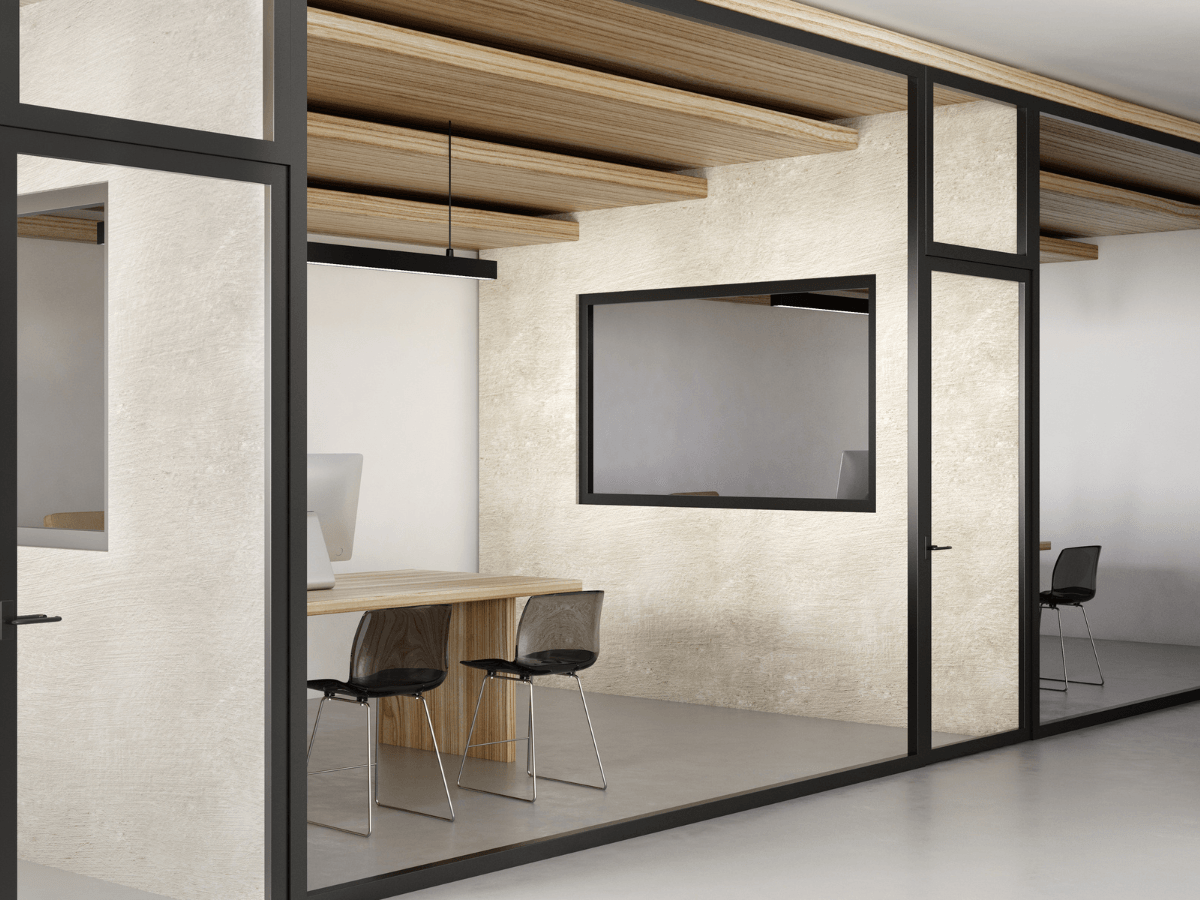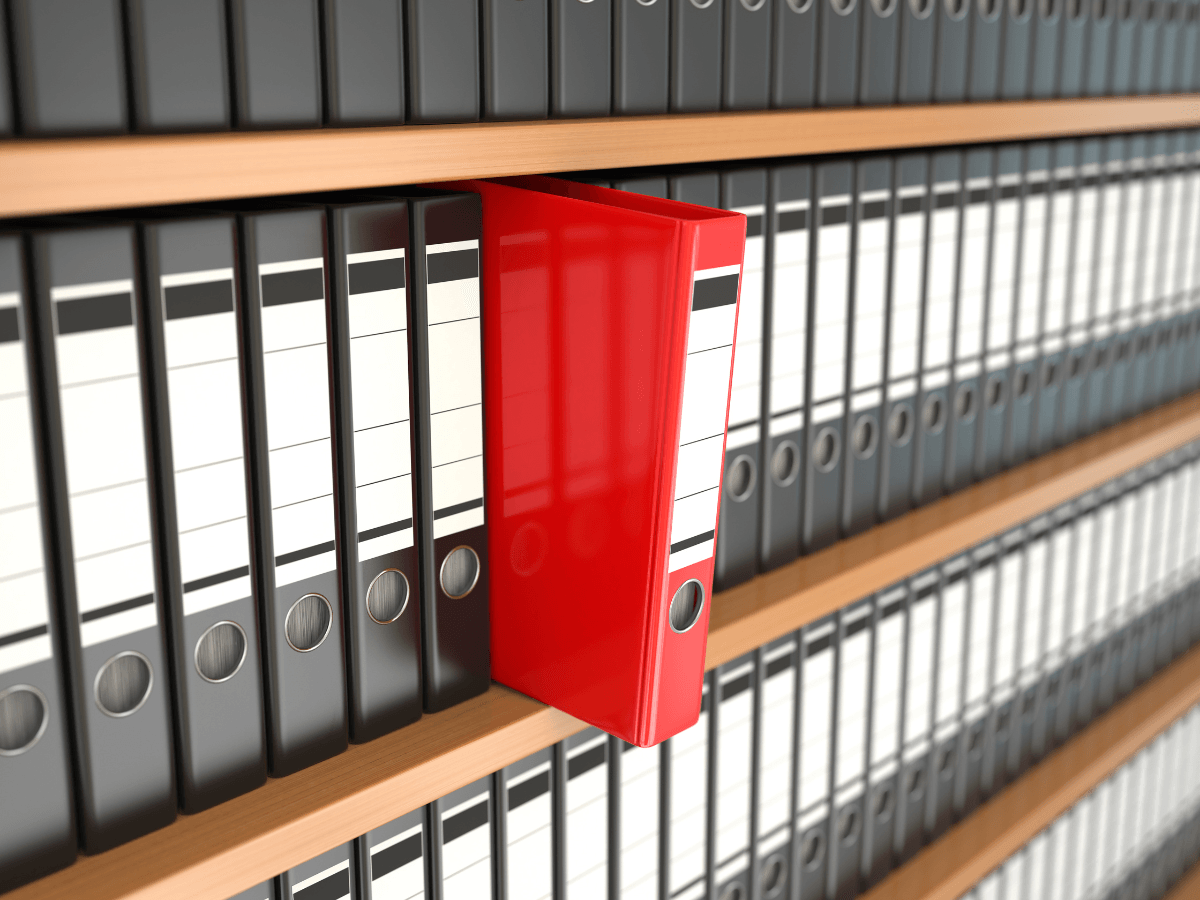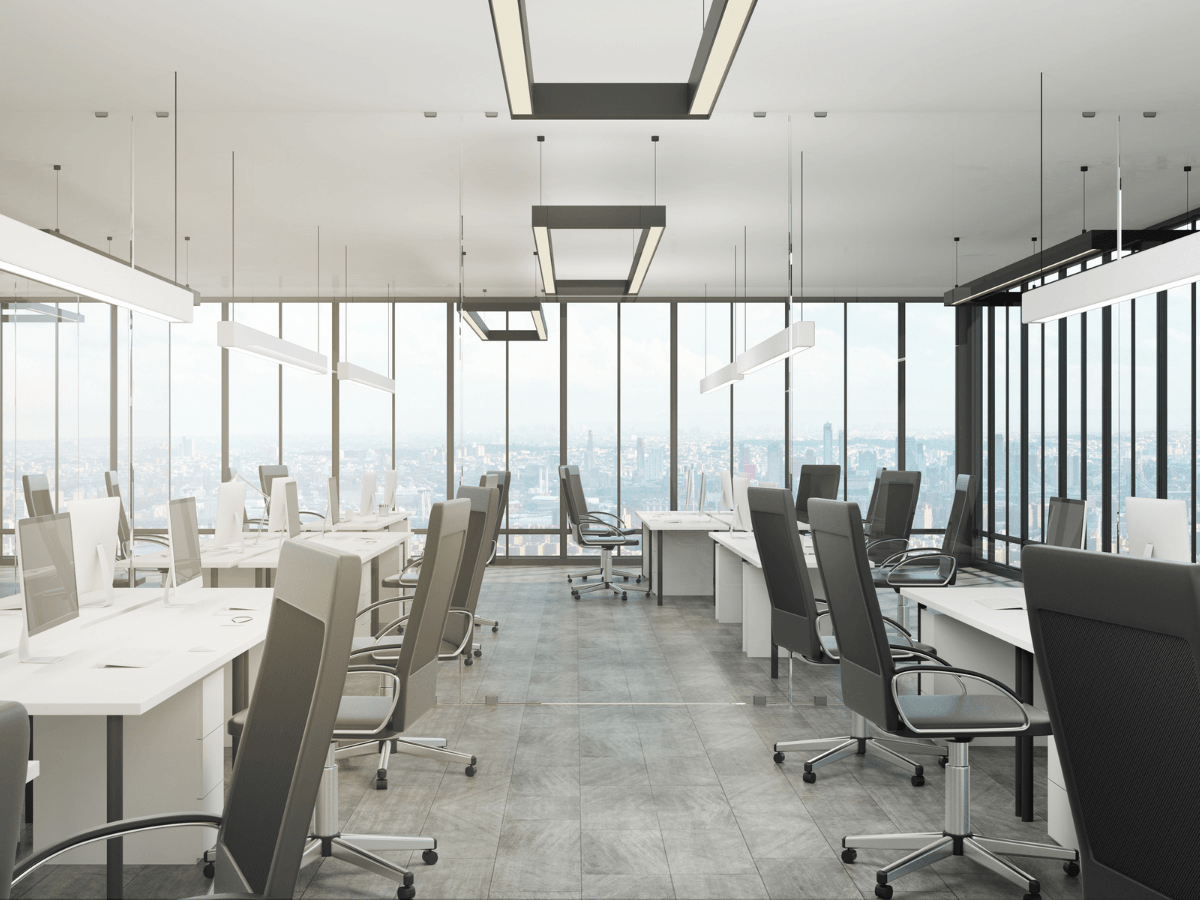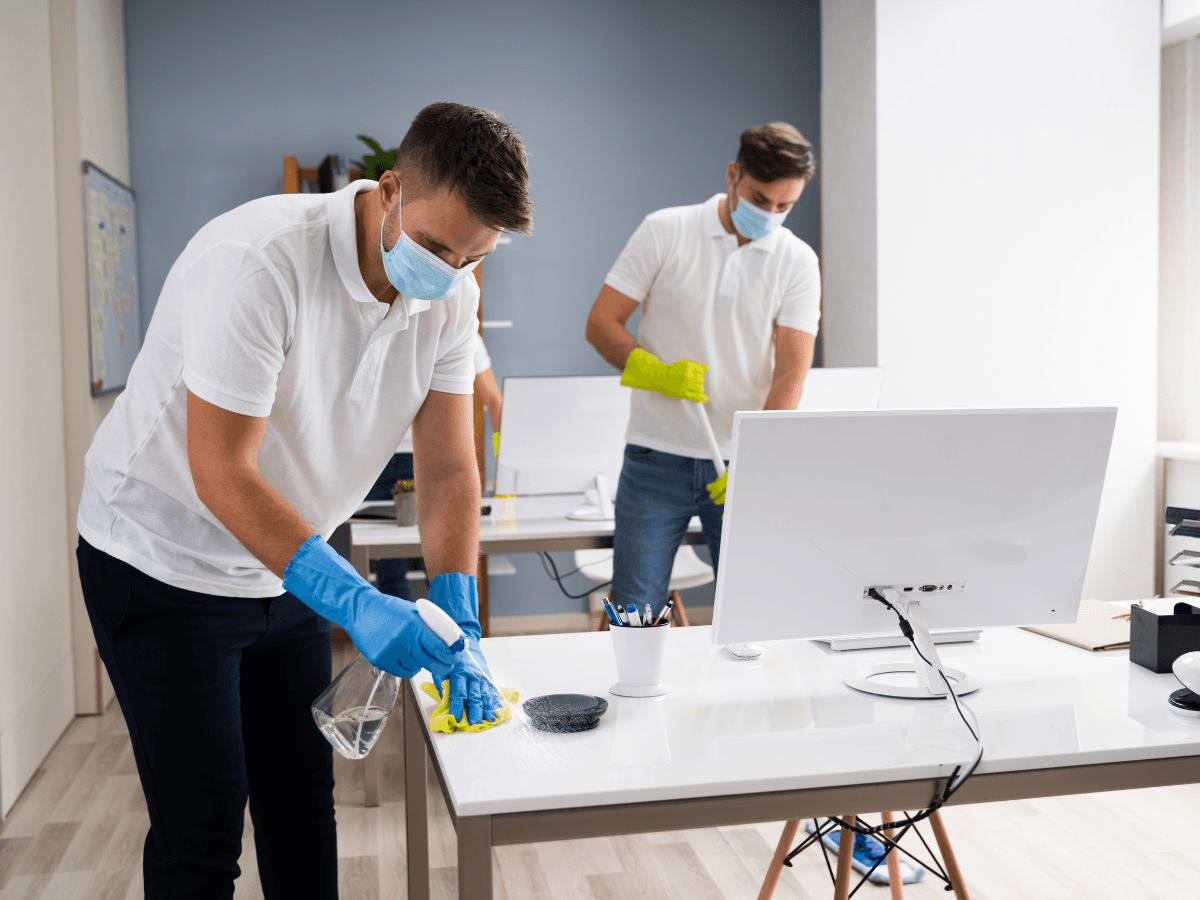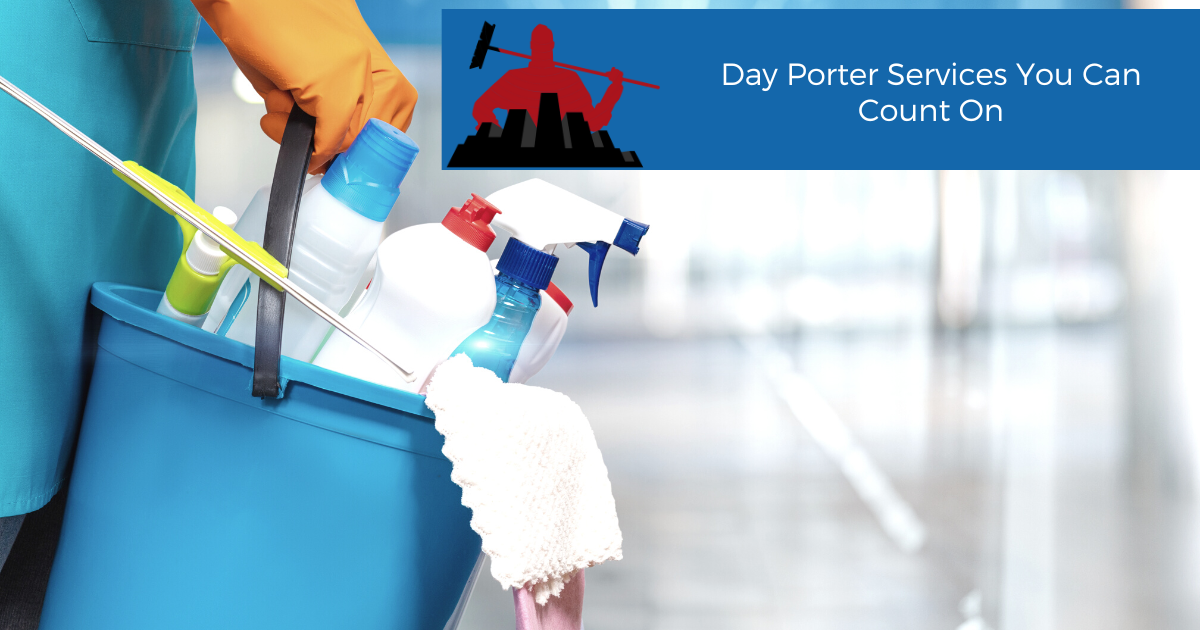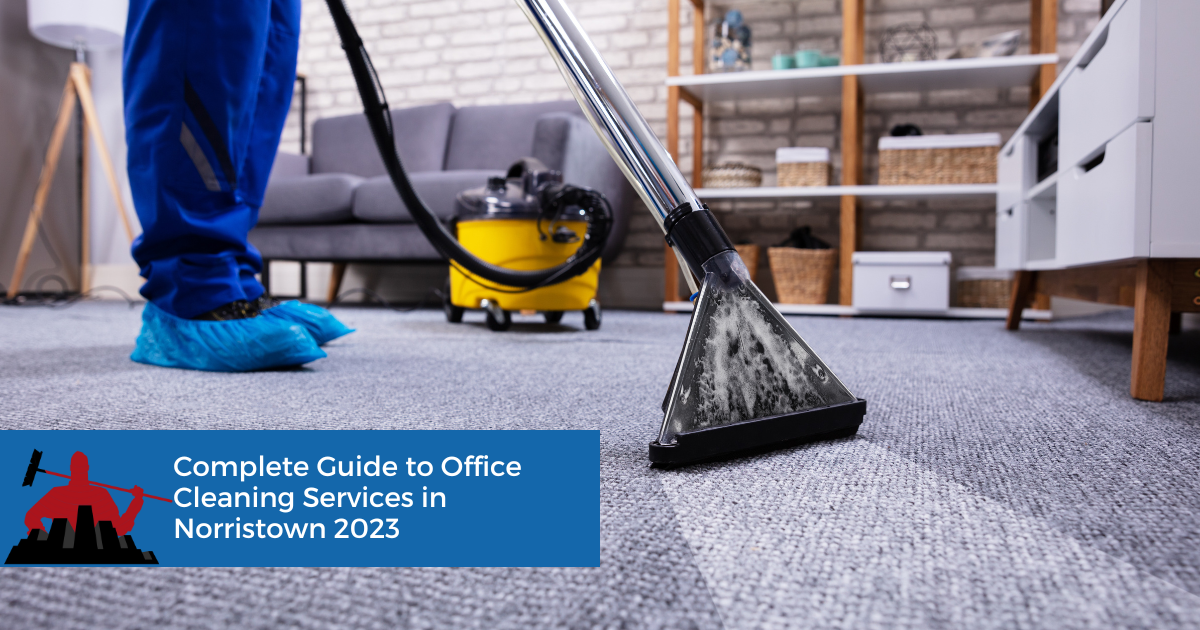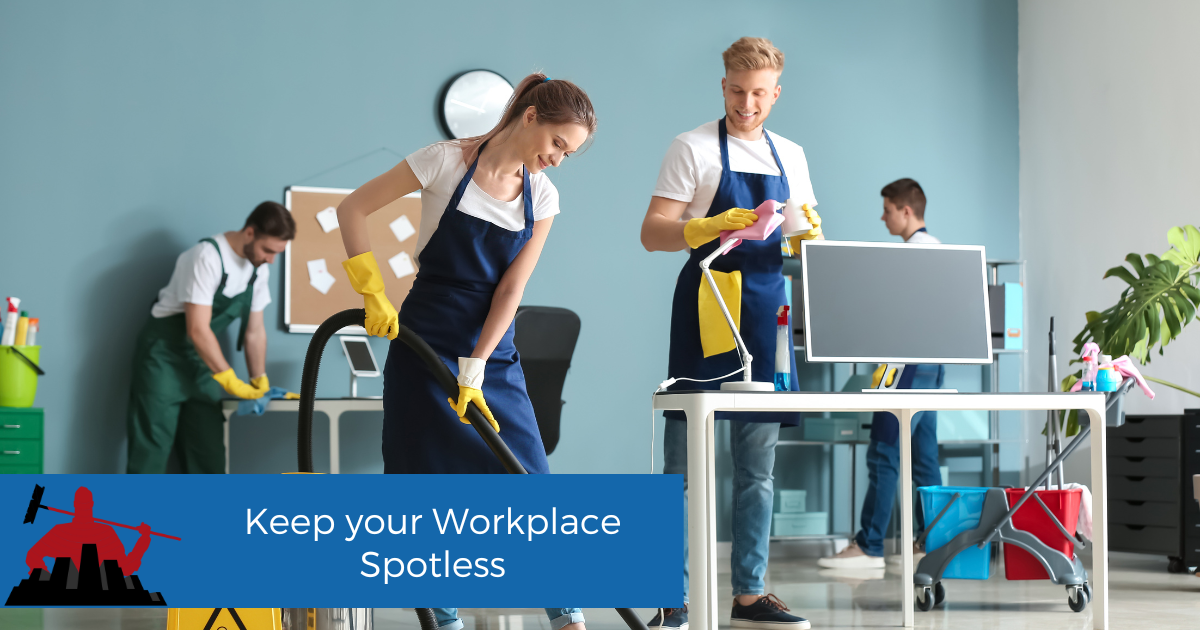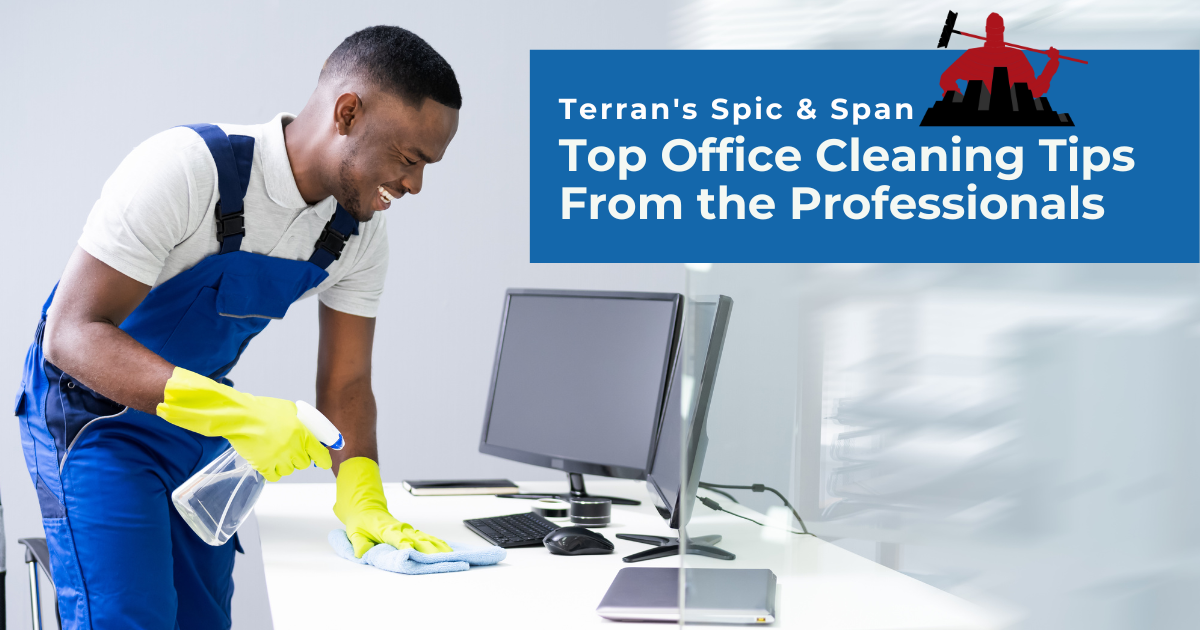How Cleaning Up Your Office Space Can Boost Productivity
If you're looking to increase productivity and creativity in the workplace,
office cleaning and decluttering is a great place to start. Here are some tips to help you get started.
Share this page:
Discover the Power of Decluttering: Elevate Your Office Productivity Today
If you manage an office, it's essential to keep things tidy and organized. Not only does it make things look better, but it can also help your team be more productive. This post presents the top five best ways to
organize your office, so your team stays organized and motivated.
Organize and Maintain Common Areas
Let's face it when thinking about clutter, many people think of items on desks, such as loose paper, supplies, and objects that seem to be out of place. While everyone must keep their workspaces clear and clean, shared spaces should also be organized purposefully. For example, keeping hallways clear of chairs, desks, and other materials is a crucial first step. Not only will this remove a safety hazard, but it also improves your team's outlook when traveling between rooms.
Declutter is also crucial for kitchens, conference rooms, and individual offices. A sense of responsibility in team members to clean up after themselves and tuck in their chairs goes a long way in common areas. Review your current office space to determine whether it is being used properly. Storage closets, for example, are often disorganized. Most of the time, this is the primary place to start identifying whether the resources are necessary or not. In some other cases, spaces can be entirely repurposed for better use.
Maximize Space
Once workspaces are appropriately structured, it is time to determine how to get the most out of the available space properly. This could mean many different things; sometimes, it pays to get creative. Expanding on the previous point of cleaning out closet spaces, installing shelves to maximize vertical space can be an extremely cost-effective way to declutter an office. Clutter also exists in underutilized spaces, and there may be opportunities to make a room into a multi-purpose environment. For example, many conference rooms are only used if they are booked. If a trend emerges when the conference rooms are not booked, they can be repurposed into newsrooms, scrum rooms, or even for team-building activities.
Maximizing your space through these means will help clear physical clutter and encourage team members to use their time efficiently.
Go Digital
Save for a few choice industries; most files should be digitized where possible. This method provides the best way to clear unnecessary clutter but is also highly secure and much more difficult to misplace. Many corporate offices, for example, have a rule that employees cannot leave confidential information on their person. The risk that a customer's information could be exposed is highly likely and very difficult to mitigate if it gets into the wrong hands.
A CRM and cloud-based system prevent files from being misplaced and make disseminating data much more manageable. Loose paper and documents will become a thing of the past seemingly overnight with this method. An adequately secured system also minimizes the risk of stealing information if a disgruntled team member leaves for a competitor.
Install a Labeling System
The adage "a place for everything, and everything in its place" holds in most environments. Not only must things be put away neatly, but in a shared space, everyone should know exactly where to return supplies and equipment or dispose of trash. Labeling is a highly cost-effective (even necessary) addition to any workspace, as it empowers every team member with the knowledge necessary in their fight against clutter.
Labeling can be used in many ways, not just for returning equipment. Rooms, for example, can be labeled and given different names to increase their usage and optimize the space, as previously mentioned. A standard method is to choose a theme for naming the rooms and giving each a primary and secondary purpose. Employees taking their breaks in different shared areas can cause congestion in hallways and work areas. A dedicated breakroom, usually located near the kitchen, can reduce foot traffic and congestion.
Choose Your Champions
Decluttering the office is an ongoing effort. It is not enough to do this once; but all staff must adequately maintain it. The best way to do this is to regularly have touchpoints with every team member or department head on things such as space usage, physical clutter, backing up to the cloud, and kitchen maintenance. Selecting a few volunteers and empowering them with the resources necessary to conduct a thorough job with critical metrics is necessary.
When selecting "champions," it is best to take volunteers rather than appoint them directly, if possible, as the job will be done better if someone takes ownership, rather than feeling fully obligated to conduct a job. Champions must take charge and may need to change course accordingly, ideally with minimal direction.
Office Cleaning in Philadelphia
In summary, keeping your office organized and tidy is more than just putting everything out of sight and ensuring it is clear of dust. Remember to maximize your space by improving your layout and adequately using a labeling system, as it will reduce mistakes and errors. Keep common areas purposeful and free of clutter and traffic by setting guidelines and enforcing them through your Champions.
If you're in the Philadelphia area and need help decluttering and keeping your office clean and orderly, we invite you to learn more about our office cleaning services.
Share this page:


